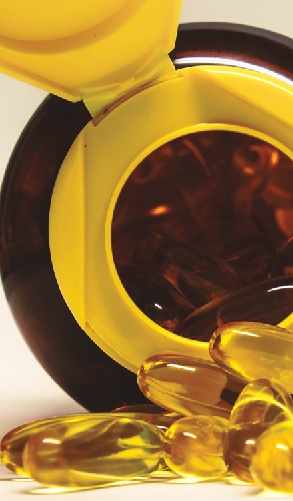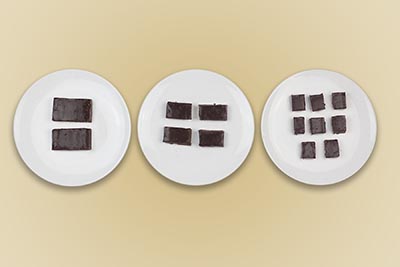Quick Studies: a snapshot of the latest research on diet, exercise, and more

vadish - stock.adobe.com.
Sweeteners: Not All Alike

How do low-calorie sweeteners affect your weight? It depends. Researchers randomly assigned 123 people who were overweight or obese to drink roughly 40 to 60 oz. a day of Kool-Aid sweetened with sugar, aspartame (Equal), saccharin (Sweet‘N Low), stevia extract (Truvia), or sucralose (Splenda). The sugar-sweetened drink supplied 400 to 560 calories. (Heavier participants got larger servings.)
After 12 weeks, the sugar group had gained 4 pounds and the saccharin group had gained 2½ pounds. The stevia and aspartame groups gained—and the sucralose group lost—about 1½ pounds, but those changes weren’t statistically significant. Glucose tolerance didn’t change in any group.
What to do: Avoid sugary beverages, but don’t assume that all low-calorie sweeteners are equal. Stevia is the safest, because aspartame, sucralose, and (rarely used) saccharin cause cancer in animals. It’s too early to know if sucralose can help people lose weight more than other sweeteners.
Am. J. Clin. Nutr. 2019. doi:10.1093/ajcn/nqy381.
Ketogenic Diets & Memory

Can a ketogenic (very-low-carb) diet help you think better, as some people claim?
Researchers randomly assigned 11 healthy people to eat a ketogenic or a higher-carb, lower-fat diet. After three weeks, there were no differences in tests of memory, attention, or executive function, or in mood or sleep.
What to do: Don’t expect a ketogenic diet to boost memory unless future studies provide good evidence.
Am. J. Clin. Nutr. 2019. doi:10.1093/ajcn/nqz073.
Vitamin D & Diabetes

Can vitamin D supplements lower your risk of type 2 diabetes?
The Vitamin D and Type 2 Diabetes (D2d) trial randomly assigned roughly 2,400 adults with prediabetes to take either a placebo or 4,000 IU of vitamin D a day. When the study began, 4 percent of the participants had “deficient” blood levels of vitamin D (less than 12 ng/mL), 17 percent had “inadequate” levels (12 to 19 ng/mL), and 78 percent had “adequate” levels (at least 20 ng/mL). (Nationwide percentages are similar.)
After 2½ years, the vitamin D takers had no lower risk of diabetes than the placebo takers. Another recent trial also came up empty.
What to do: Don’t expect extra vitamin D to protect you from type 2 diabetes. However, if your blood level is deficient or inadequate or if you’ve never had it tested, taking the recommended daily intake—600 IU up to age 70 and 800 IU over 70—still makes sense to protect your bones.
N. Engl. J. Med. 2019. doi:10.1056/NEJMoa1900906.
J. Clin. Endocrinol. Metab. 101: 1647, 2016.
How Many Brownies?
Serve people more food and they’ll eat more. But does the size of each food item or the number of items matter most?

Researchers offered 186 people a plate of brownies to eat while watching a video. Each plate held 1, 2, 4, or 8 brownie squares in one of three sizes: ¼ oz., ½ oz., or 1 oz.
Overall, people tended to eat more when the plate held a smaller number of large brownies than when it held a larger number of small brownies. For example, 60 percent of the participants ate two 1 oz. brownies, but only 40 percent ate four ½ oz. brownies and a mere 18 percent ate eight ¼ oz. brownies (even though each of the three plates held 2 oz. of brownies).
What to do: Want to eat less? Stick with smaller-size items.
Appetite 2019. doi:10.1016/j.appet.2019.04.025.
Photos (top to bottom): stock.adobe.com: contrastwerkstatt, Flamingo Images, vadish, Kaamilah Mitchell/CSPI.

